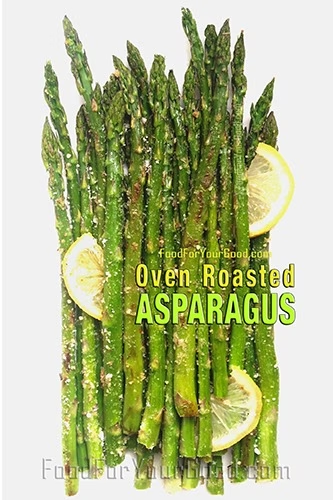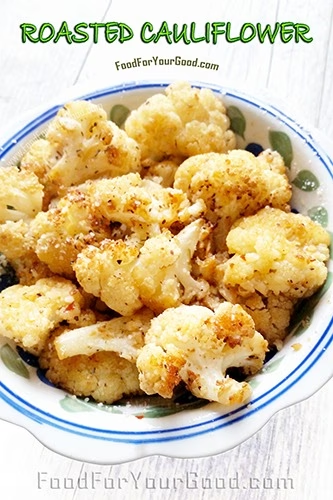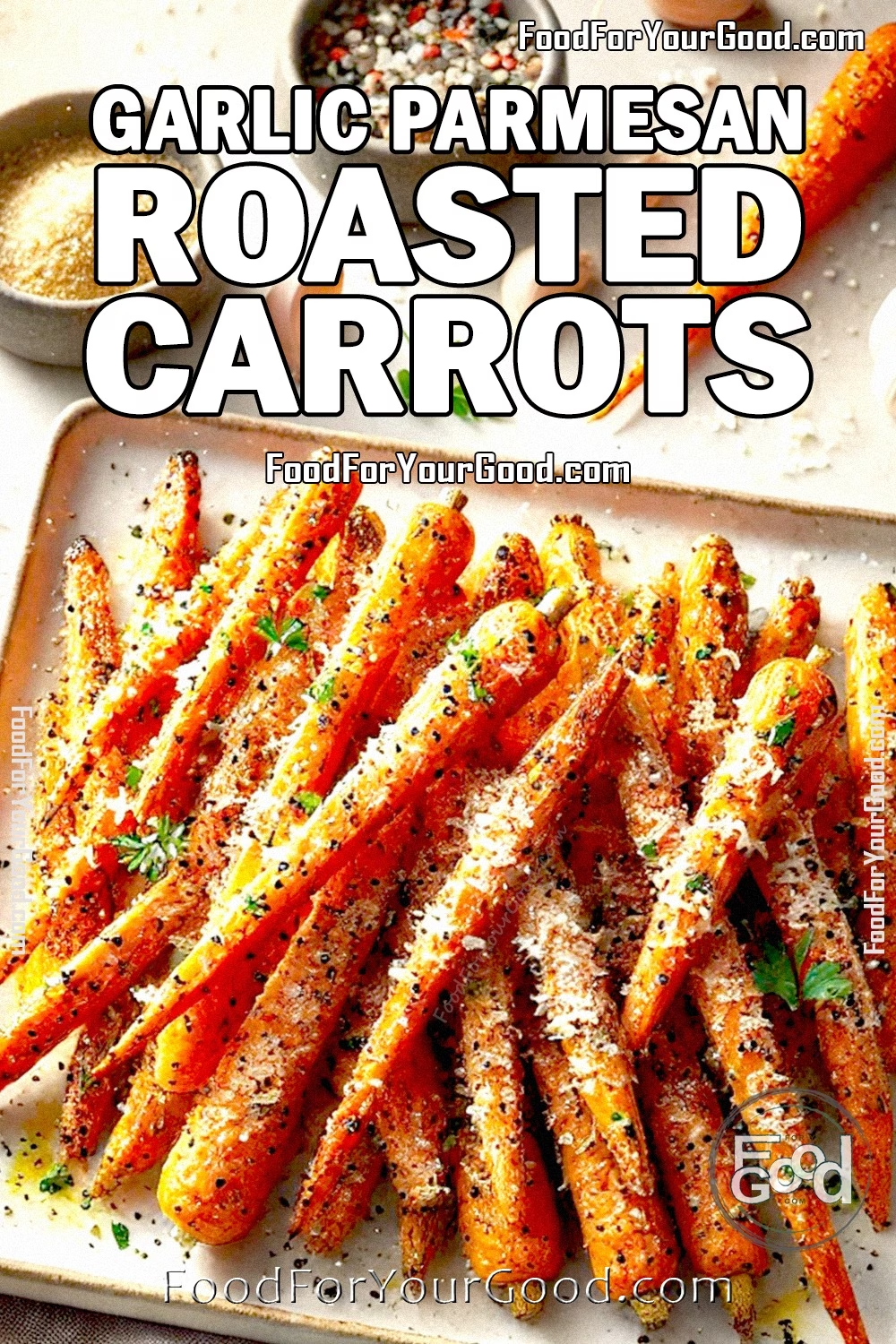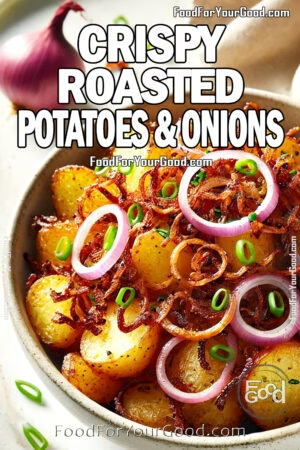Introduction: The Joy of Seasonal Eating
Welcome to The Guide to Cooking with Seasonal Vegetables, your comprehensive resource for embracing the freshest, most flavorful produce year-round. Eating seasonally allows you to enjoy vegetables at their peak, enhancing both taste and nutritional value. By selecting vegetables that thrive in their natural growing seasons, you can support local farmers, reduce your environmental footprint, and add delicious variety to your meals. Seasonal eating also inspires culinary creativity, encouraging you to explore new recipes and cooking techniques throughout the year.
This comprehensive guide explores the benefits of cooking with seasonal vegetables and the Guide to Cooking with Seasonal Vegetables provides a month-by-month breakdown of what’s in season, and offers suggestions for incorporating these fresh ingredients into your meals. Whether you’re a seasoned chef or just starting your cooking journey, this guide will equip you with the knowledge and inspiration to make the most of every harvest.
Why Seasonal Vegetables Matter
1. Better Taste and Nutrition
Seasonal vegetables are harvested at their peak ripeness, which means they are more flavorful and nutrient-dense than off-season produce. For example, tomatoes ripened under the summer sun have a sweetness and juiciness that greenhouse-grown tomatoes often lack.
2. Cost-Effective
When vegetables are abundant during their growing season, they tend to be more affordable. Buying seasonally can save you money at the grocery store or farmer’s market.
3. Environmentally Friendly
Local, seasonal produce requires less transportation and storage, reducing its carbon footprint. Eating seasonally also aligns with sustainable farming practices, benefiting the planet.
4. Culinary Creativity
Cooking with seasonal vegetables adds excitement to your meals. Each season brings its own palette of colors, flavors, and textures, encouraging you to explore new recipes and techniques.
Seasonal Vegetable Chart
Below is a handy chart highlighting popular seasonal vegetables in the United States by month. Keep in mind that availability may vary slightly depending on your region.

Spring (March–May)
Asparagus, Peas, Radishes, Spinach, Artichokes
Recipe to Try: Oven Roasted Asparagus
Summer (June–August)
Tomatoes, Zucchini, Corn, Eggplant, Bell Peppers, Cucumber
Recipe to Try: Classic Cucumber Tea Sandwiches

Fall (September–November)
Pumpkins, Squash (Butternut, Acorn), Sweet Potatoes, Brussels Sprouts, Cauliflower, Broccoli
Recipe to Try: Roasted Cauliflower

Winter (December–February)
Kale, Carrots, Parsnips, Cabbage, Turnips
Recipe to Try: Garlic Parmesan Roasted Carrots

How to Cook Seasonal Vegetables
1. Spring Vegetables
Spring vegetables are tender and delicate, making them perfect for light, fresh dishes.
- Best Techniques: Steaming, sautéing, or roasting.
- Flavor Pairings: Bright herbs like dill and parsley, citrus, and mild cheeses.
Recipe to Try: Green Goddess Cabbage Salad
2. Summer Vegetables
Summer vegetables are vibrant and juicy, ideal for grilling or enjoying raw in salads.
- Best Techniques: Grilling, roasting, or raw preparation.
- Flavor Pairings: Basil, oregano, and bold spices.
Recipe to Try: Cowboy Caviar
3. Fall Vegetables
Fall brings heartier vegetables with earthy flavors, perfect for comforting dishes.
- Best Techniques: Roasting, baking, and pureeing.
- Flavor Pairings: Nutmeg, cinnamon, sage, and browned butter.
Recipe to Try: Sweet Potato Casserole
4. Winter Vegetables
Winter vegetables are robust and often require longer cooking times to bring out their natural sweetness.
- Best Techniques: Braising, roasting, and slow cooking.
- Flavor Pairings: Garlic, rosemary, and rich broths.
Recipe to Try: Irresistible Beet Salad Recipe
Tips for Maximizing Flavor and Freshness
- Buy Local: Visit your local farmer’s market for the freshest seasonal produce.
- Proper Storage: Learn the best ways to store vegetables to extend their shelf life. For instance, root vegetables like carrots and parsnips last longer in cool, dark places.
- Batch Cooking: Prepare soups, stews, and casseroles with seasonal vegetables and freeze portions for later use.
- Experiment: Don’t be afraid to try vegetables you’ve never cooked before.
Conclusion
Cooking with seasonal vegetables is an enriching experience that brings incredible flavor, nutrition, and variety to your meals. Moreover, with this guide, you’ll have the tools to embrace each season’s bounty, explore new recipes, and elevate your cooking skills. Whether you’re roasting root vegetables in winter or grilling zucchini in summer, there’s always an opportunity to create something delicious.
In addition, eating seasonally deepens your connection to the food you eat. It encourages you to explore farmers’ markets, build relationships with local growers, and gain a greater appreciation for the natural rhythms of the seasons. Not only does seasonal cooking benefit your taste buds and well-being, but it also supports sustainable agriculture and reduces your environmental footprint.
By incorporating the recipes listed in this guide, you can transform fresh produce into mouthwatering dishes that reflect the best of each season. For instance, vibrant salads packed with spring greens, smoky grilled vegetables in summer, hearty roasted squash in fall, and comforting soups in winter are all excellent examples. As a result, each dish celebrates the unique flavors and textures that seasonal vegetables offer.
If you’re just starting, remember that even small changes—like swapping imported vegetables for local, in-season ones—can make a big difference. Over time, you’ll develop an intuitive understanding of which vegetables shine during each season, allowing you to cook with greater creativity and confidence.
Let this be your go-to resource for celebrating the art of seasonal cooking. Therefore, bookmark it, share it, and keep it handy as a reminder to embrace nature’s gifts at their peak. Ultimately, no matter the season, there’s a world of flavors waiting to be discovered right in your kitchen. So, enjoy the journey, one delicious vegetable at a time.










